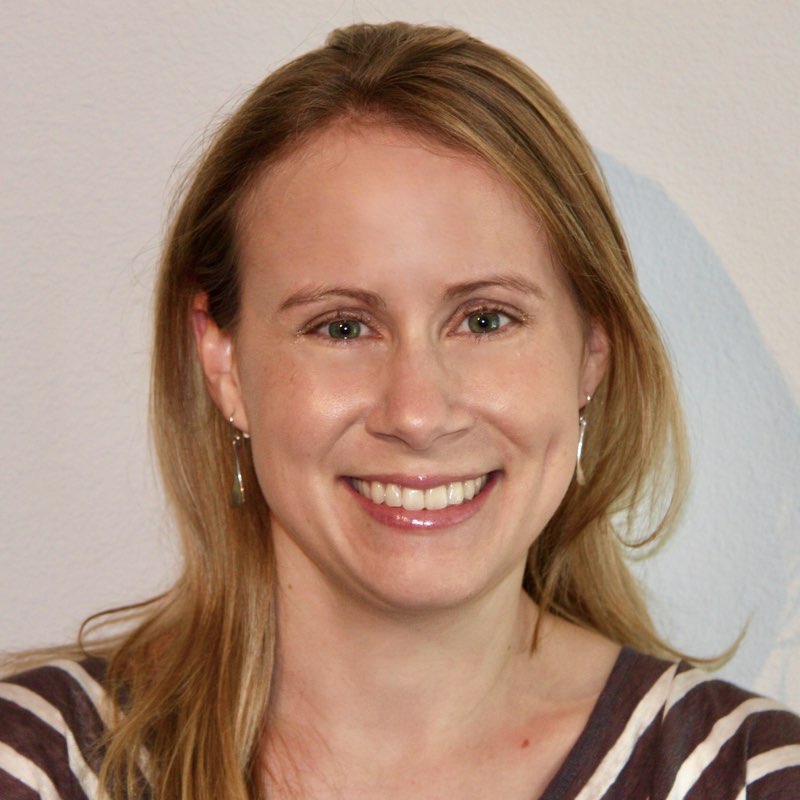Putting Rare Diseases in the Spotlight
Earlier this week — on February 28 — Rare Disease Day recognized the 300 million people worldwide who are living with an uncommon disease. Defined in the US as an illness that afflicts less than 2,000 people, there are about 7,000 rare conditions recognized [1]. These illnesses are often called “orphan diseases” because there are few financial incentives for pharma companies to develop drugs to treat them.
Recognizing the need in 1983, Congress passed the Orphan Drug Act to create incentives for companies to develop drugs that treat rare conditions [3]. Economic assistance is now available for companies to create orphan drugs, helping provide solutions for people who have no other options.
Novel Therapies Offer New Hope
There will likely be more solutions for rare conditions on the horizon. With the rapid rise of cell and gene therapies over the past decade, biopharma, biotechs, and nonprofits are taking on diseases that are traditionally hard to treat — including rare ones.
Cell and gene therapies fall into two broad categories. Gene therapies involve the direct transfer of normal genes into patients, where they replace or supplement mutated ones. These agents often use viral vectors — like adeno-associated virus (AAV) — to transport the genes into cells. Cell therapies involve introducing cells into a patient in order to treat disease. These cells may be genetically modified to confer therapeutic properties before re-infusion. Unlike conventional small molecule drugs, cell and gene therapies often have long-lasting, or even curative, outcomes. Thus, they can be life-changing to the people who receive them.
Currently, there are two approved gene therapies to treat rare diseases: Luxturna for biallelic RPE65 mutation-associated retinal dystrophy (by Spark) and Zolgensma for spinal muscular atrophy (Novartis)[4]. Funded with $76 million, The National Institutes of Health (NIH) is leading an initiative called Bespoke Gene Therapy Consortium (BGTC) to develop platforms, processes, and standards that will accelerate customized gene therapies for rare conditions [5].
Cell therapies may also offer solutions to rare diseases. For instance, ectodermal dysplasias are rare diseases that cause abnormalities of the skin, hair, and other tissues. One such condition, termed AEC, is caused by a mutation in the transcription factor, TP63, and results in cleft lip and other facial abnormalities. A proposed cell-based treatment involves generating induced pluripotent stem cells (iPSCs) from patient somatic cells, correcting the mutation in TP63, and finally differentiating the iPSCs into keratinocytes that can be transplanted into the patient [6]. While still in the idea stage, this approach offers a promising solution to a debilitating condition.
Proceeding with Caution
The potential of cell and gene therapies offers new optimism for patients afflicted with rare diseases. Despite this outlook, however, the path forward is a cautionary one. Cell and gene therapies are inherently complex, making it difficult to ensure their quality and consistency.
Much of the challenge lies in variability. Transferring genes into cells yields heterogeneous cell populations where some cells contain the transduced gene and others do not. Likewise, gene editing can result in some cells containing the target edits, while others have only a subset or none at all.
Assessing the undesired effects of gene transfer or editing is just as important. Even if rare, these events may pose serious safety risks. For instance, an introduced transgene may insert into a genomic location that disrupts a proto-oncogene and potentially lead to cancer. Although recombinant AAV vectors used in gene therapies are specifically designed to not insert into the genome, studies in mice show they occasionally do [7].
For therapies that involve gene-editing cells, there are also safety considerations. For instance, sometimes gene editors alter the wrong location (off-targets) and may disrupt other genes in the process. Chromosomal abnormalities like translocations and large insertions/ deletions are also a concern. If developers do not adequately characterize their cells to understand these unwanted effects, then they can potentially have negative consequences in patients. The recent slew of clinical holds on cell and gene therapies attests to the gravity of these safety concerns [8].
New Tech, New Solutions
Fortunately, innovations in biotechnology are enabling researchers and developers to measure genetic manipulations in cells with greater resolution. At Mission Bio, we enable therapeutic developers to characterize the genomic alterations of their therapeutic agents through single-cell analysis on our Tapestri Platform. By revealing the genotypic alterations in each cell, developers can better understand and optimize their therapeutic products — making them safer for patients.
Like others around the world, this week we honored the efforts to combat rare diseases. We are excited about the incredible advances in the cell and gene therapy field and are hopeful more solutions will soon be available to patients who have little else to turn to.
Learn more about our Cell and Gene Therapy Solutions.
References
- Rare Disease Day
- NIH: Rare Diseases
- FDA: Orphan Drug Act
- Armstrong, A. Pfizer, Novartis sign on to accelerate gene therapies for rare diseases with US agencies. Fierce Biotech. Oct 28, 2021Oct 28, 2021
- NIH: Bespoke Gene Therapy Consortium
- Koch, P.J. & Koster, M.I. Rare Genetic Disorders: Novel Treatment Strategies and Insights Into Human Biology. Front. Genet., 06 August 2021
- Chandler et al. Genotoxicity in Mice Following AAV Gene Delivery: A Safety Concern for Human Gene Therapy? Mol Therapy 24(2)
- Gelman, M. Hold the phone, biopharma: FDA-imposed clinical holds are on the rise. Endpoints News. Feb 28, 2022











